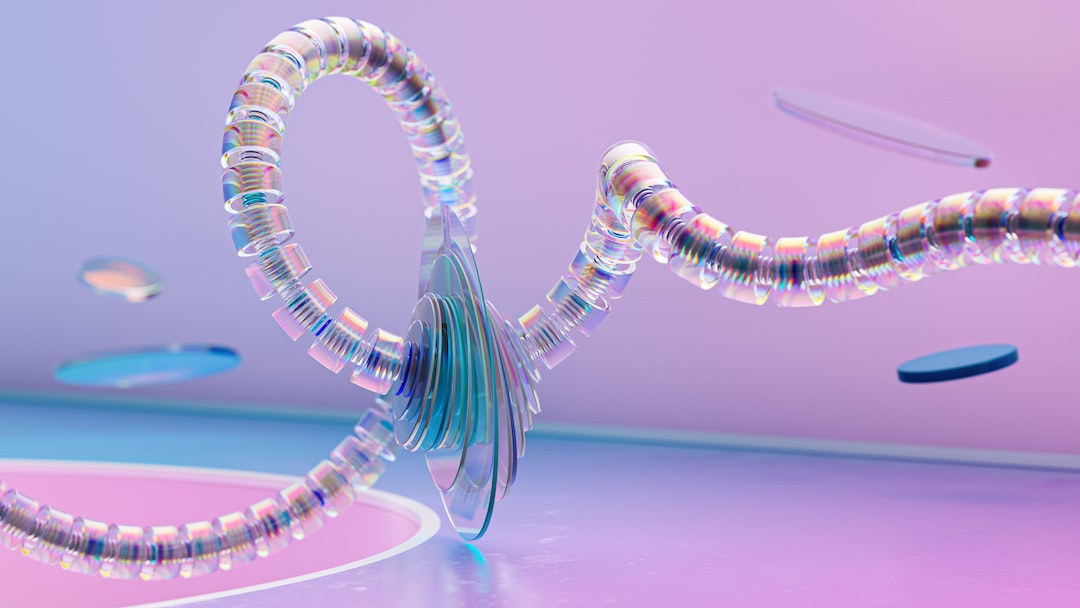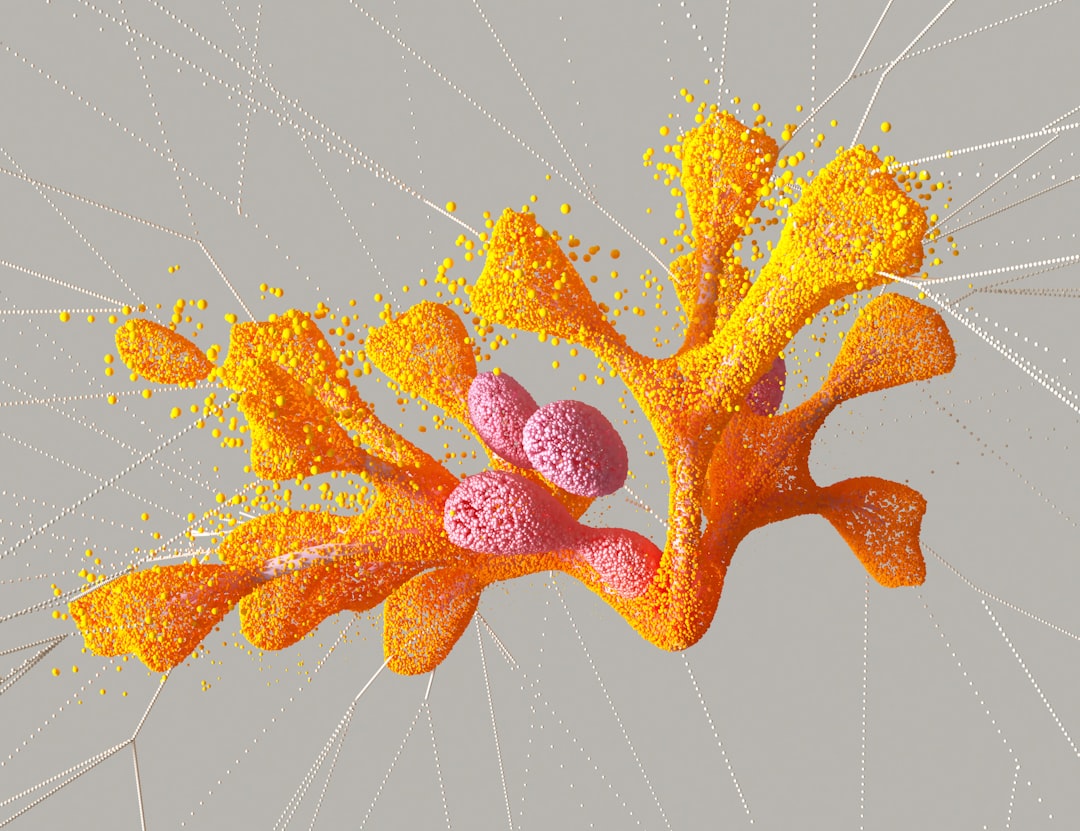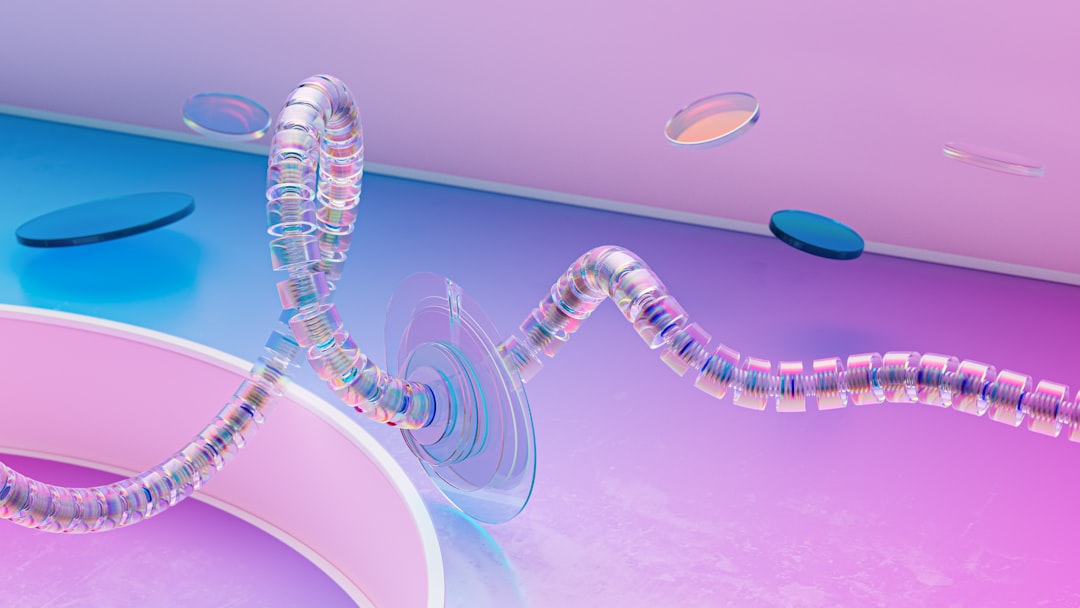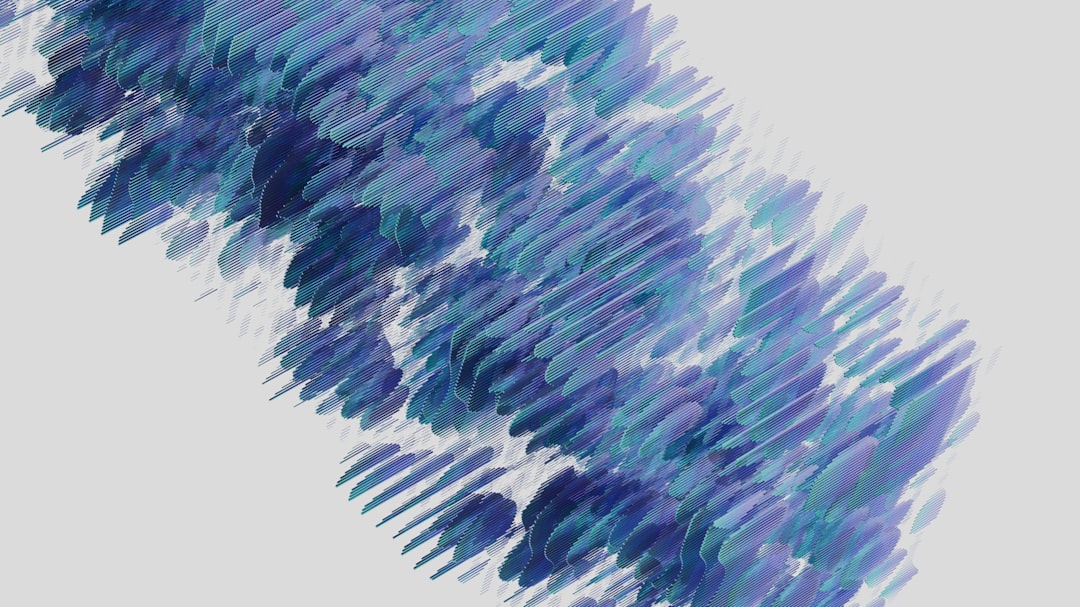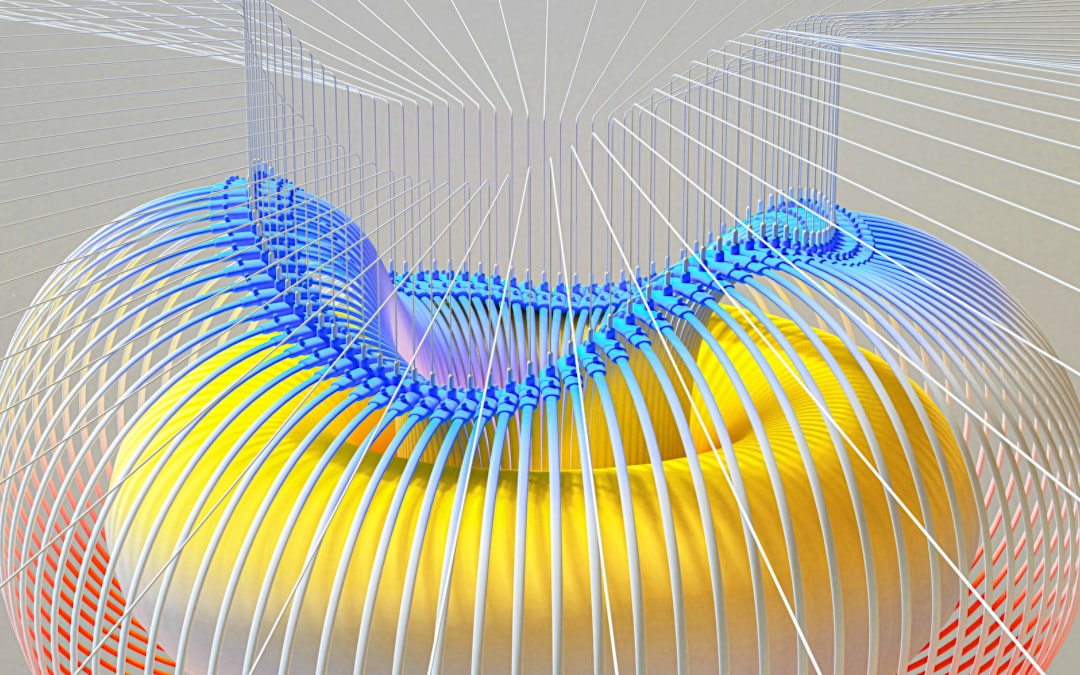Artificial intelligence (AI) has made remarkable strides in recent years, and its impact on various industries, including the art world, cannot be ignored. AI-generated art, also known as computational creativity, is a fascinating area of research that has gained significant attention in recent years. With the ability to learn from data, analyze patterns, and generate new content, AI is changing the way we think about art and creativity. In this blog post, we will explore the rise of AI-generated art, its creative process, benefits, limitations, the role of humans, and the future possibilities of this emerging field.
As we delve deeper into the world of AI-generated art, it’s essential to understand the basics of how these systems work. AI-generated art is created using algorithms that are trained on vast amounts of data, such as images, music, and text. These algorithms use machine learning techniques to identify patterns and relationships within the data, which they then use to generate new content. The generated content can range from images, music, and even entire stories.
AI-generated art has several benefits, one of which is efficiency. With AI, artists can create new content at a faster pace than ever before. This is especially useful in industries such as advertising and marketing, where content creation is crucial. Additionally, AI-generated art can also bring diversity to the art world by creating new and unique styles that were previously impossible.
However, AI-generated art also has its limitations. One of the most significant limitations is the lack of emotion and intuition that is typically present in human-generated art. While AI can create beautiful and compelling pieces, it often lacks the emotional depth and personal touch that human artists bring to their creations.
Despite these limitations, the role of humans in AI-generated art is crucial. Collaboration between humans and machines can lead to exciting new possibilities that neither could achieve alone. Additionally, interpretation is also essential when it comes to AI-generated art. While the machine can generate content, it’s up to the human viewer to interpret the meaning and significance behind it.
Finally, the future of AI-generated art is filled with endless possibilities. As AI continues to develop and improve, so will its ability to create new and unique content. Additionally, advancements in areas such as natural language processing and computer vision will further enhance the capabilities of AI-generated art.
In conclusion, the intersection of technology and creativity is a fascinating area of research, and AI-generated art is just one example of how these two fields are coming together. While there are limitations to AI-generated art, its benefits and possibilities cannot be ignored. As the technology continues to develop, we can only imagine what the future holds for AI-generated art.
The Creative Process of Machines: How AI Generates Art
As we delve deeper into the world of AI-generated art, it’s important to understand how machines create art. The creative process of machines is quite different from that of humans, as machines rely on algorithms and data to generate art.
Firstly, machines require a vast amount of data to generate art. This data can come in the form of images, videos, or even sound files. The machine then uses this data to learn patterns, colors, shapes, and textures.
Once the machine has learned from the data, it uses algorithms to create new art. These algorithms can vary depending on the type of art being generated. For example, a machine learning algorithm may be used to create a new painting, while a deep learning algorithm may be used to generate music.
The process of generating art is iterative, meaning that the machine will create multiple versions of the art and adjust the algorithms based on the results. This process continues until the machine creates a piece of art that meets the desired criteria.
It’s important to note that machines do not have emotions or intuition, so they cannot create art that is emotionally charged or intuitive. Instead, machines rely on data and algorithms to create art that is efficient and diverse.
Overall, the creative process of machines is fascinating and complex. As we continue to explore the world of AI-generated art, we will undoubtedly learn more about how machines create art and how we can collaborate with them to create even more amazing works of art.
This data can come in the form of images, videos, or even sound files.
The Benefits of AI-Generated Art: Efficiency and Diversity
Artificial intelligence (AI) has revolutionized the way we create and consume art. One of the biggest benefits of AI-generated art is its efficiency. Machines can produce art at a speed and scale that is impossible for humans to match. This has opened up new possibilities for artists and art enthusiasts alike.
AI-generated art is also incredibly diverse. Machines can be programmed to create art in a variety of styles, from photorealistic to abstract. This means that artists can experiment with different styles and techniques without having to spend years mastering them. AI-generated art can also be customized to fit specific preferences, making it more accessible to a wider audience.
Another benefit of AI-generated art is that it can be used to solve real-world problems. For example, AI-generated art can be used to create visualizations of complex data sets, making them easier to understand. It can also be used to generate images for advertising or marketing campaigns, saving time and money.
AI-generated art also has the potential to democratize the art world. Traditional art forms such as painting and sculpture have historically been limited to a small group of elite artists and collectors. However, AI-generated art can be created by anyone with access to the technology. This means that more people can participate in the creation and appreciation of art.
While there are many benefits to AI-generated art, there are also limitations. Machines lack the emotional depth and intuition of humans, which can make their art feel cold and impersonal. However, this can be overcome by collaborating with humans, as we will explore in the next section.
Overall, the benefits of AI-generated art are numerous. From efficiency and diversity to problem-solving and democratization, AI has opened up new possibilities for the world of art. As technology continues to advance, the potential for AI-generated art will only continue to grow.
Traditional art forms such as painting and sculpture have historically been limited to a small group of elite artists and collectors.
The Limitations of AI-Generated Art: Lack of Emotion and Intuition
As impressive as the capabilities of AI-generated art may be, it is not without its limitations. One of the most significant limitations is the lack of emotion and intuition that machines possess. While AI can create art that is technically proficient and aesthetically pleasing, it lacks the ability to imbue its work with the same emotional depth and nuance that human artists can.
Emotions are an essential component of art, and they are what make it so powerful and resonant with audiences. When we experience a work of art, we connect with it on an emotional level, and it can evoke a range of feelings, from joy and elation to sadness and despair. However, AI-generated art is incapable of creating this emotional connection because it lacks the subjective experience of human emotion.
Another limitation of AI-generated art is its lack of intuition. Intuition is the ability to understand something instinctively, without the need for conscious reasoning. It is a crucial tool for artists because it allows them to make intuitive decisions about their work, such as what colors to use or what composition to create. However, machines do not have intuition, and they rely solely on their programming to create art.
Furthermore, AI-generated art is limited by the data it is trained on. Machines can only create art based on the data they have been fed, and they lack the ability to go beyond that data to create something truly original. This means that AI-generated art is often derivative and lacks the creativity and spontaneity that human artists are capable of.
While AI-generated art is undoubtedly impressive, it is not without its limitations. The lack of emotion and intuition that machines possess means that their work will always be limited in terms of its emotional impact and originality. However, this does not mean that AI-generated art is without value. Instead, it is a tool that can be used in collaboration with human artists to create something truly unique and groundbreaking.
However, AI-generated art is incapable of creating this emotional connection because it lacks the subjective experience of human emotion.
The Role of Humans in AI-Generated Art: Collaboration and Interpretation
As we have seen in the previous sections, AI-generated art has its benefits and limitations. While machines excel at producing art with precision and efficiency, they lack the emotional and intuitive qualities that are inherent in human creativity. However, this does not mean that AI-generated art is a replacement for human artistry. Instead, it can be seen as a tool that artists can use to enhance their creative process.
One of the most significant roles that humans play in AI-generated art is collaboration. Machines can generate art based on algorithms and data, but it is up to human artists to provide the creative direction and inspiration. By working together, artists and machines can produce art that combines the best of both worlds – the precision and efficiency of machines, and the emotion and intuition of humans.
Another essential role that humans play in AI-generated art is interpretation. While machines can generate art, they cannot interpret it in the same way that humans can. Art is a form of communication, and it is up to humans to interpret the message that the art is conveying. This means that human interpretation is crucial in determining the value and significance of AI-generated art.
Furthermore, human interpretation can also help to address one of the limitations of AI-generated art – the lack of emotional and intuitive qualities. By interpreting the art, humans can provide the emotional and intuitive context that may be missing from the machine-generated art. This can help to create a more meaningful and impactful piece of art.
The role of humans in AI-generated art is crucial. While machines can generate art with precision and efficiency, they lack the emotional and intuitive qualities that are inherent in human creativity. By collaborating with machines and interpreting the art that they produce, humans can enhance the creative process and create art that combines the best of both worlds. This intersection of technology and creativity has the potential to lead to new and exciting possibilities in the world of art.
Machines can generate art based on algorithms and data, but it is up to human artists to provide the creative direction and inspiration.
The Future of AI-Generated Art: Advancements and Possibilities
As we look to the future of AI-generated art, it is clear that there are endless possibilities for advancement and innovation. With the rapid pace at which technology is evolving, it is exciting to think about what new and exciting forms of art we may see in the years to come.
One area where we are likely to see significant advancements is in the development of more sophisticated AI algorithms. As these algorithms become more complex and powerful, they will be able to generate increasingly intricate and nuanced pieces of art. This could include everything from highly detailed paintings and sculptures to immersive virtual reality experiences.
Another area where we are likely to see advancements is in the integration of AI-generated art into our daily lives. As more and more people become familiar with AI-generated art, we can expect to see it being used in a variety of different contexts, from advertising and marketing to interior design and architecture.
One particularly exciting possibility for the future of AI-generated art is the potential for it to help us better understand the human mind. By analyzing patterns and trends in the way that people interact with and respond to art, AI algorithms may be able to shed new light on the inner workings of the human psyche.
Of course, there are also potential downsides to the future of AI-generated art. As the technology becomes more sophisticated, there is a risk that it could become too powerful, leading to a loss of control over the creative process. Additionally, there is the possibility that AI-generated art could become so ubiquitous that it begins to overshadow more traditional forms of art, leading to a homogenization of artistic expression.
Despite these potential concerns, however, it is clear that the future of AI-generated art is bright. With the right mix of creativity, innovation, and collaboration between humans and machines, we can expect to see a whole new world of art unfolding before our eyes. And who knows, perhaps one day we will even see AI-generated art that is capable of inspiring the same emotional responses and connections as some of the greatest works of human art throughout history.
One area where we are likely to see significant advancements is in the development of more sophisticated AI algorithms.
Conclusion: The Intersection of Technology and Creativity
As we have explored throughout this blog post, the rise of AI-generated art is a fascinating and complex phenomenon that raises many questions about the intersection of technology and creativity. While AI-generated art has the potential to revolutionize the art world by increasing efficiency and diversity, it also has its limitations in terms of lacking emotion and intuition.
Despite these limitations, it is important to recognize the role that humans play in the creative process of AI-generated art. Collaboration between humans and machines can lead to even more innovative and groundbreaking works of art, and the interpretation of AI-generated art by humans is crucial in understanding its meaning and significance.
Looking to the future, it is clear that advancements in AI technology will continue to push the boundaries of what is possible in the world of art. It will be interesting to see how artists and art enthusiasts alike respond to these advancements, and how the art world will continue to evolve as a result.
In conclusion, the rise of AI-generated art represents a fascinating and complex intersection of technology and creativity. While there are certainly limitations to the creative process of machines, there are also many exciting possibilities for collaboration and innovation. As we continue to explore the potential of AI-generated art, it will be important to approach this phenomenon with curiosity, intelligence, and an open mind.
